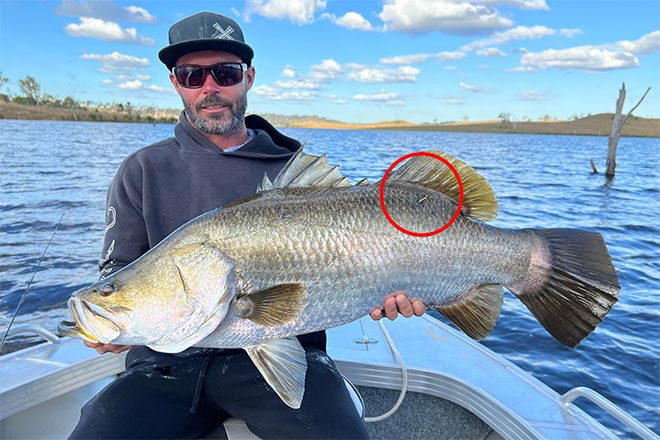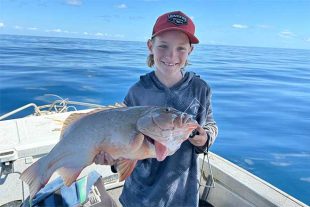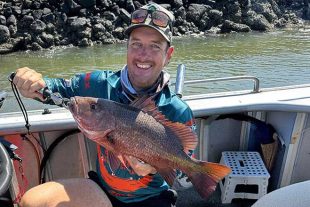On November 3, 2022, the Infofish volunteer fish tagging database became the first citizen science tagging program in the world to achieve 1 million tagged fish.
The database, managed by Infofish Australia, includes data from the Suntag program in Queensland, AFANT tag in the Northern Territory, Westag in Western Australia and Saftag in South Australia.
Secretary of Suntag Australia and Infofish Australia program co-ordinator since the start Bill Sawynok said, “It all started back in 1986 when Fisheries Queensland handed over responsibility for the Sportfish Tagging program to the Australian National Sportfishing Association Queensland branch, then the program separated from ANSA and morphed into Suntag Australia in 2016.”
“Since then, data from the other state programs were added, so that data can be consistently maintained and analysed across those states,” Mr Sawynok said.
To provide some sense of the magnitude of that achievement, over the past 36 years it involved over 17,000 taggers contributing over 198,600 days or 544 years of effort.
Add to that 76,000 recaptures of tagged fish reported by 23,000 fishers and another 460,000 fish from catch records and competitions and it results in a long timeline of valuable fisheries data.
A conservative estimate is that this amounts to a $30 million contribution to the knowledge base of our fisheries.
“Not bad for a volunteer citizen science program,” Mr Sawynok said.
“But what the program has contributed to knowledge gain in the fisheries space is its greatest value.”
Over the years the data have been used to inform such issues as range shift of species due to climate change, planning for marine parks, basic biological information on species, performance of regional and impoundment fisheries, survival of released fish, the impact of management changes and much more.
It has managed tagging data for and provided tagging data to many research projects.
Currently data are available through over 50 dashboards that have over 1200 maps and graphs that are regularly updated and provide near real time information.
Traditionally, tagging programs have focused on collecting data on fish.
When COVID-19 hit, the focus was extended to determine if the impact on fisher activity could be measured by looking at those tagging and recapturing fish.
This showed that changes in fisher activity could be measured in terms of effort, travel and change of fishing locations.
This work was extended to look at the impact of flooding and can be used to measure change due to other things that impact on fishing, such as changes in technology.
“The great work of those 17,000 fishers voluntarily contributing their time, fishing equipment and money to tag fish needs to be acknowledged, as without that, what has been achieved would not have been possible,” Mr Sawynok said.
For further information, contact Bill Sawynok on 0417 075 277.
 Bush ‘n Beach Fishing Magazine Location reports & tips for fishing, boating, camping, kayaking, 4WDing in Queensland and Northern NSW
Bush ‘n Beach Fishing Magazine Location reports & tips for fishing, boating, camping, kayaking, 4WDing in Queensland and Northern NSW









